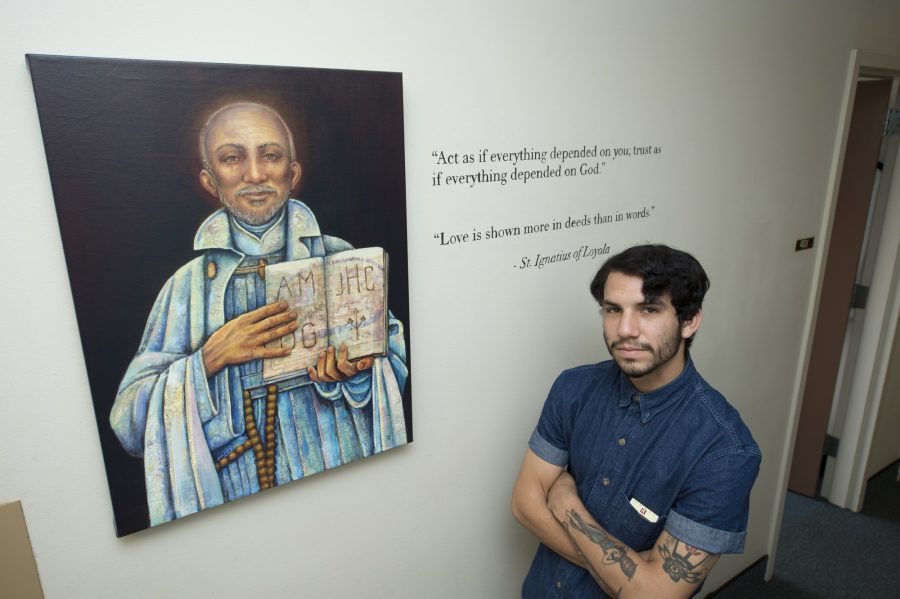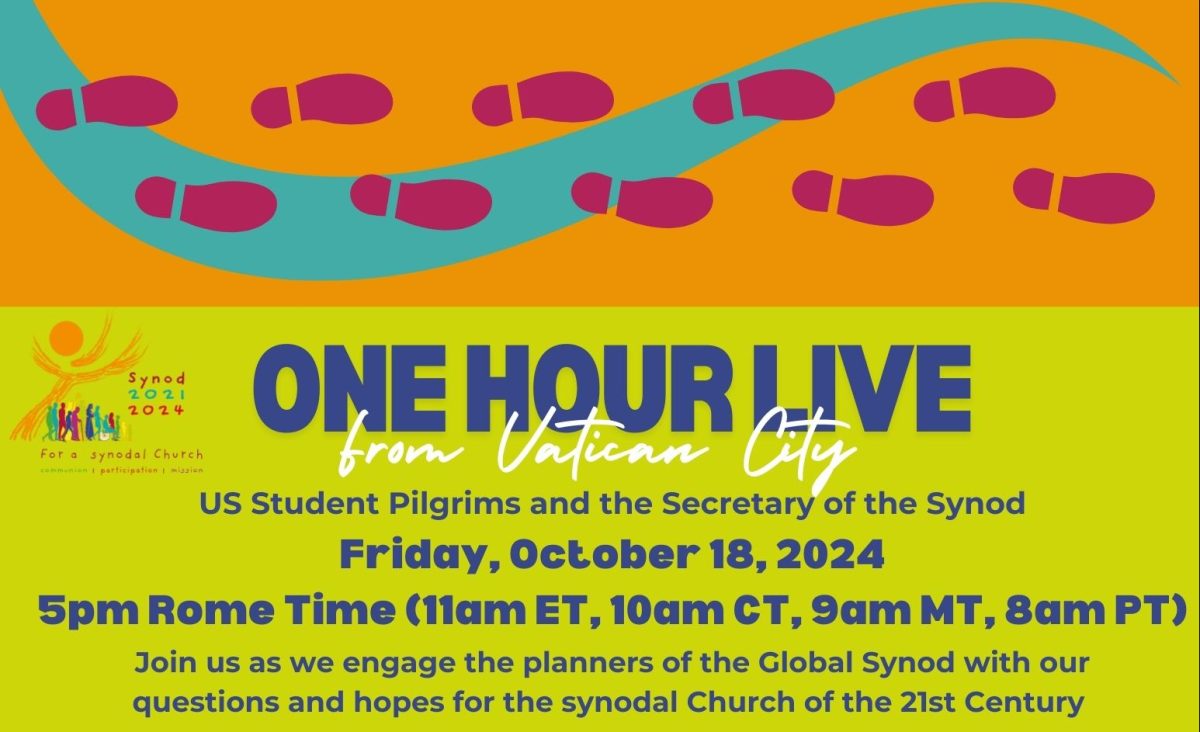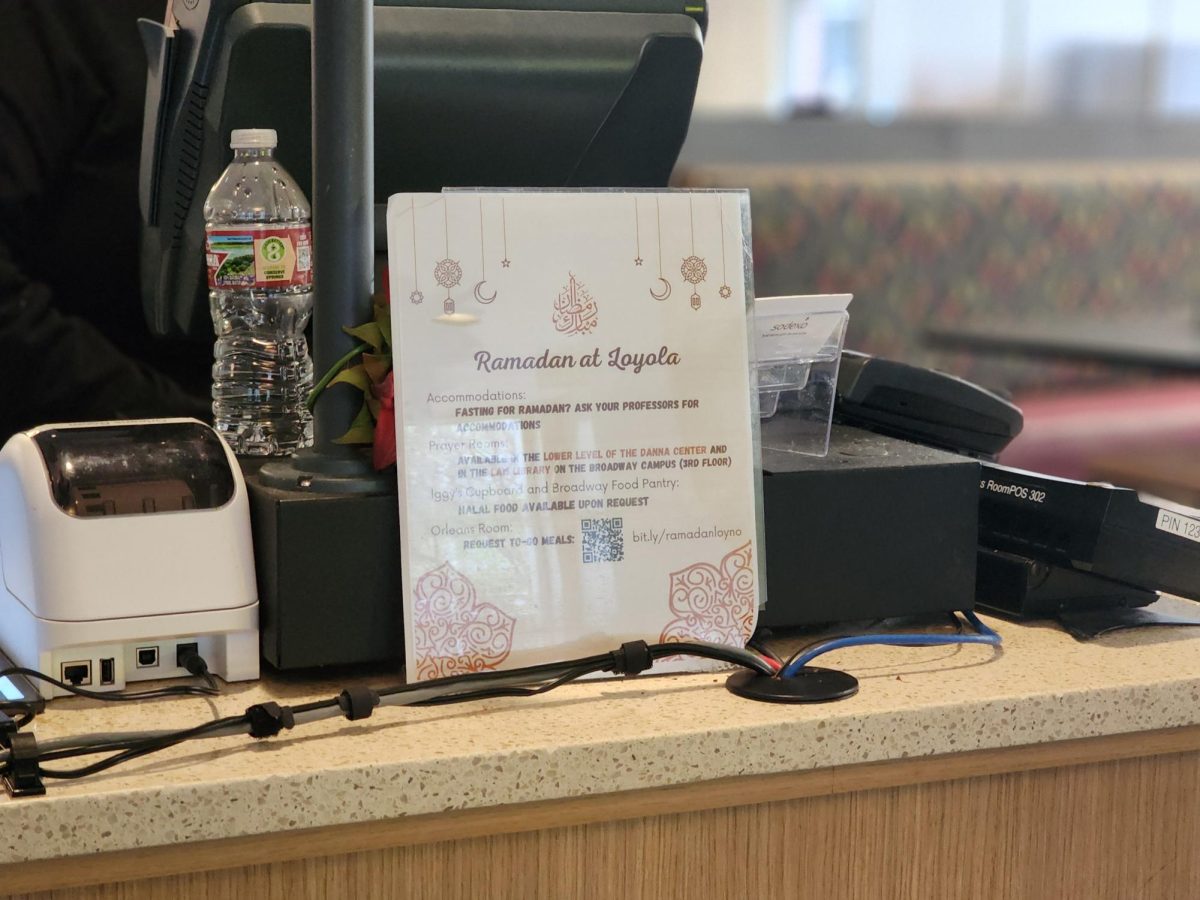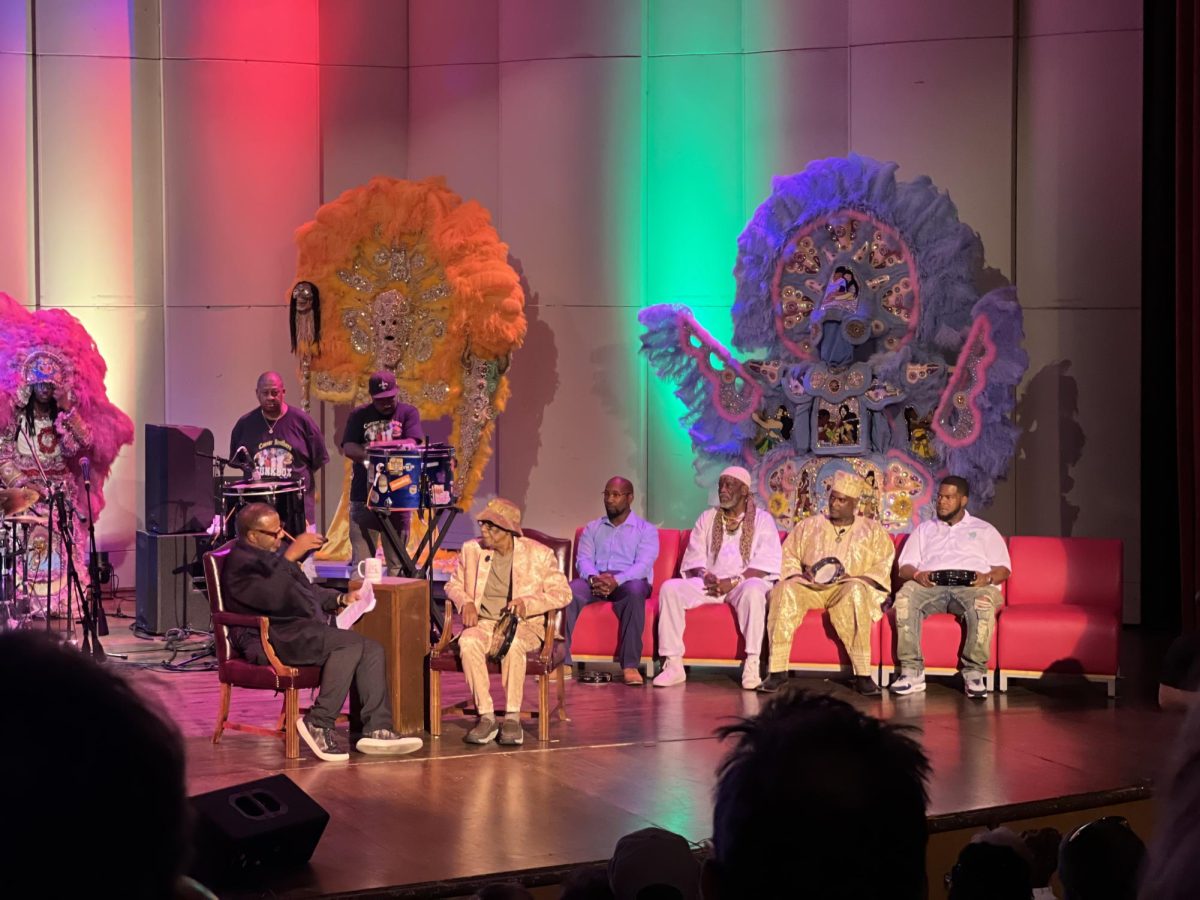The hallways of the religious studies department have received a facelift thanks to the contributions of students, artists and staff.
The colorful portraits and spiritual quotations were created for display by design students and artists.
Searching for art with meaning, Terri Bednarz, chair of the department of religious studies, and Colleen Erickson, religious studies junior, poured through various images to see which ones would speak most to students.
“Art can never fully capture spirituality or religion, and so we focused on five images that relate the beauty of each of the five religions of the world: Judaism, Christianity, Islam, Buddhism and Hinduism,” Bednarz said.
Bednarz said the images were chosen to convey to students the diversity of religious beliefs that we explore through our coursework and our research and to give a sense of the wisdom that each world religion brings to our world today.
Beside each painting is a quote found in each world religion’s tradition to accompany the respective image.
Andres Arauz, design senior, offered a proposal to paint the quotes. He said that he is committed and invested in his passion for art and design since it is everywhere and applicable in endless areas.
“I am confident in saying that I am not the only one who believes that design is a large initiator for global change and social justice,” Arauz said.
The displayed art includes portraits of Buddha, Gandhi and St. Ignatius.
One of the paintings on display in the department, entitled “Ignatius,” was created by artist and Xavier University graduate Holly Schapker.
The piece is a part of Schapker’s “ADSUM” collection, which represent her interpretation of the mission of St. Ignatius Loyola.
“If you look closely at the robe of St. Ignatius, you will see road maps from around the world. These maps symbolize the global mission of the Jesuits, as well as the modern relevance of his life and experiences,” Bednarz said.
Schapker said that the contemporary maps embedded in Ignatius’ garment represents his close relationship with “Our Lady of Our Way.”
“It also represents the worldwide mission work of the Jesuits and the contemporary relevance of his story. His eyes are looking at the viewer with an embracing invitation to ‘come and see’ what he has to teach you,” Schapker said.
Bednarz said she was particularly drawn to this image of Ignatius because of its embedded symbolism and potential to stimulate discussion and reflection on Ignatian spirituality.
“We chose the reproduction of St. Ignatius because he speaks to us of our inter-connectedness with the Jesuit tradition around the world. The work reminds us of our place in the grand scheme of Jesuit history and of our commitment to engage the world in meaningful and just ways,” Bednarz said.
Committed to Ignatian values, Schapker has completed an Ignatian pilgrimage to Spain and Rome and the Spiritual Exercises in the 19th annotation. She said Ignatian spirituality has played a key role in changing her life and creative process.
“I no longer focus on how I am to complete the paintings; rather, I witness their manifestation with God my co-creator,” Schapker said.
Those interested in seeing more of Schapker’s work can visit jesuitidentity.org or hollyschapker.com.














